
Five billionaires who gained most wealth in 2024
The past year has made many Forbes list members even wealthier. Let's find out which of them earned the highest profits over the last 12 months and what contributed to their financial success.



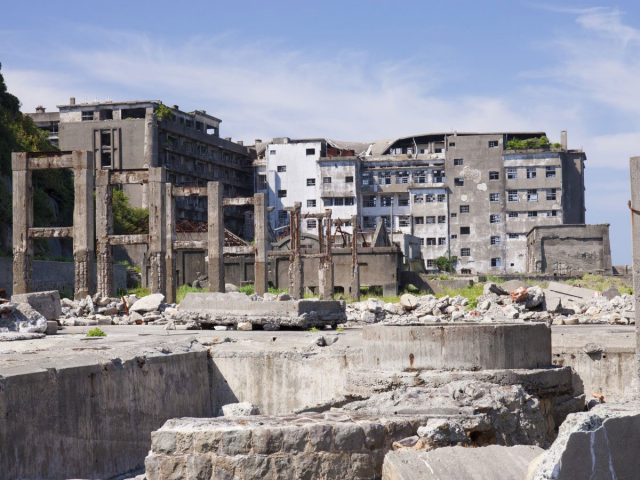
Hashima Island, Japan
Back in the first half of the last century, Hashima was considered the largest industrial facility in Japan. Active coal mining and the production of military products on the island created the need to build a city in order to provide local mines and factories with a permanent workforce. Thus, by 1959 life in the city was in full swing; more than 5,000 people lived in an area of only 3.5 hectares. However, when the last mine closed on the island in 1974, the city quickly became deserted and abandoned.
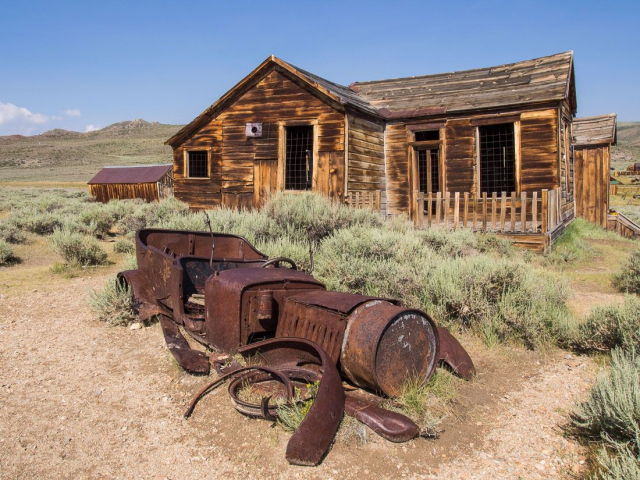
Bodie, US
When, in 1859, a group of gold miners discovered deposits of the precious metal on the territory of this Californian settlement, thousands of prospectors flocked there. New El Dorado very soon turned into a full-fledged city called Bodie with churches, a bank, saloons, and even Chinatown. In the middle of the last century, when local mines ceased to be profitable, life in the city subsided. However, now, the city is experiencing a new heyday. All thanks to the fact that a few years ago a tourist park was opened on the territory of Bodie. By the way, this park is very popular among industrial tourism enthusiasts.
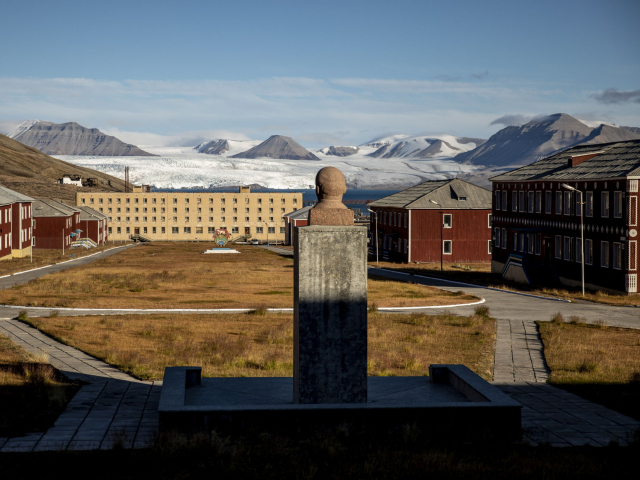
Pyramiden, Norway
Interestingly, Pyramiden belongs to Norway geographically, as it is located on the island of Western Svalbard. But it has never been Norwegian, because it has a Soviet past. The fact is that the resources of the Svalbard archipelago could be used by any country in the world. Thus, at the beginning of the last century, three largest coal mines in the USSR were built on this territory. One of them was the Pyramid, where mining operations were carried out until 1998. When the mine was closed, the village was deserted.
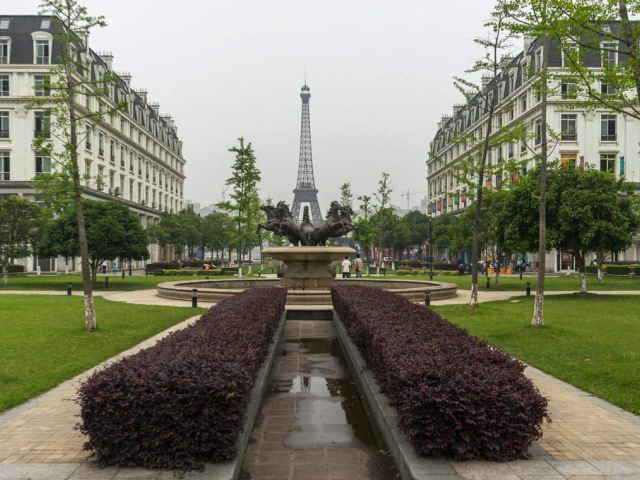
Tianducheng, China
Tianducheng is a failed project of the Chinese authorities to create a small replica of the French capital on the country's east coast. The implementation of the project began in the early 2000s. Local architects managed to create exact copies of the Eiffel Tower, Notre Dame Cathedral, and other historical monuments of Paris. The ambitious plans of the government meant that this place would be loved by Chinese millionaires as an elite village and become a popular tourist attraction. However, only the second came true.
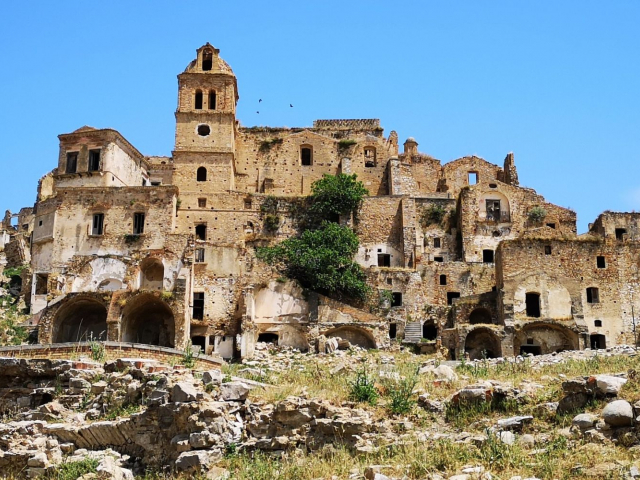
Craco, Italy
Built in the 8th century in the south of Italy, the city of Craco survived an earthquake in the middle of the last century. The houses, churches, and palazzos of the city, built right on the limestone rocks, collapsed, causing considerable loss of life. After the incident, local residents fled their homes which made Craco a tourist attraction and a popular filming location. In addition, Craco often hosts classical music concerts.
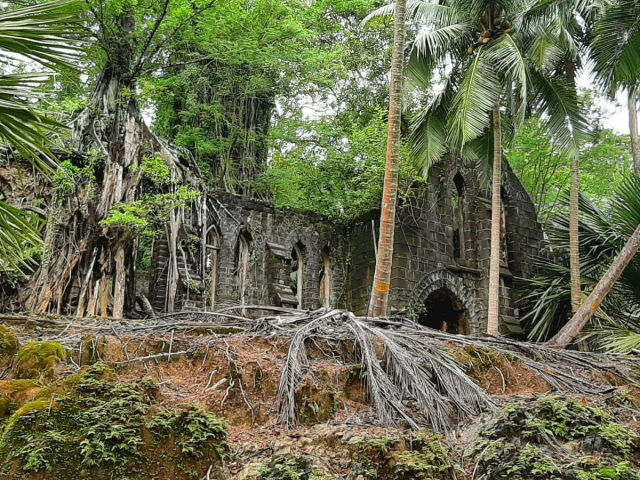
Ross Island, India
The flourishing of Ross Island, which began to be settled as early as 1789, falls on the period of the famous Indian Rebellion. In 1858, participants in the Sepoy Mutiny rushed to the island. The British colonial government sent about 15,000 people there and created a penal colony on its territory. Along with the prison, dozens of mansions for guards, a hospital, a church, a printing house, a bakery, shops, and a market were built on the island. Despite the fact that most of the infrastructure was damaged precisely because of the 1941 earthquake, it was not the cataclysm that forced the British to leave the island, but the Japanese occupation.
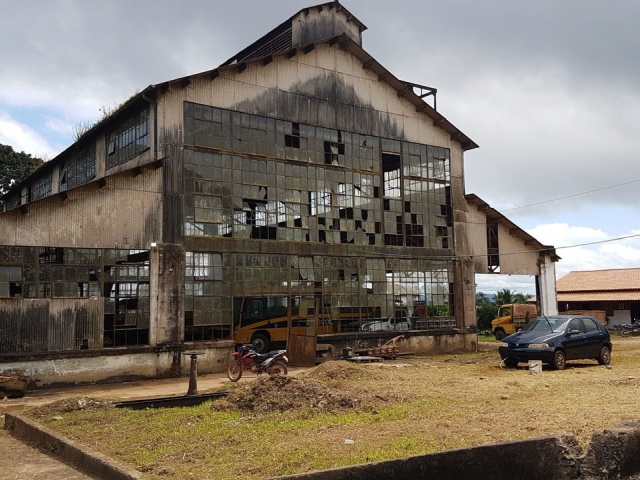
Fordlandia, Brazil
Located in the Brazilian state of Para, the small town of Fordlandia is the living embodiment of the unfulfilled ambitions of the legend of the world automobile industry, Henry Ford. In 1928, a famous industrialist built a plant on the territory of the town, which was supposed to become the largest in America for the production of rubber for automobile tires. However, already in 1930, a large strike of workers took place at the plant. Brazilians opposed Americanization and soon refused to work for Henry Ford. Thus, the town with a population of 10,000 inhabitants quickly became empty.
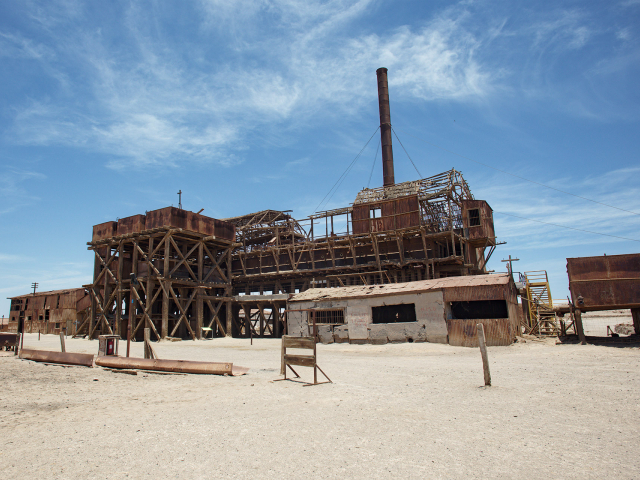
Humberstone, Chile
Located in the Chilean Atacama Desert, the town of Humberstone was once one of the country's largest centers for the extraction of saltpeter. Even at the beginning of the last century, several thousand miners lived on the territory of the town. However, as the reserves of the mineral in the mine were depleted, the number of residents of the town was steadily declining. By the end of the 1970s, Humberstone was abandoned and it turned into a ghost town.
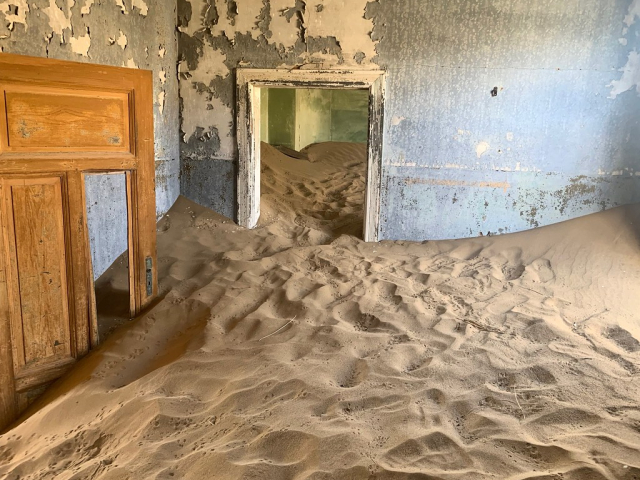
Kolmanskop, Namibia
The African desert of Nanib attracted German colonists at the beginning of the last century with its large deposits of diamonds. Then they founded the town of Kolmanskop there and built mines and houses for workers in order to extract precious stones. However, as soon as the stocks of precious stones ran out, the life in the town began to fade. Residents quickly left the city for lack of work. However, today empty buildings filled with sand annually attract thousands of tourists to Kolmanskop who want to capture this unusual view in a photo.
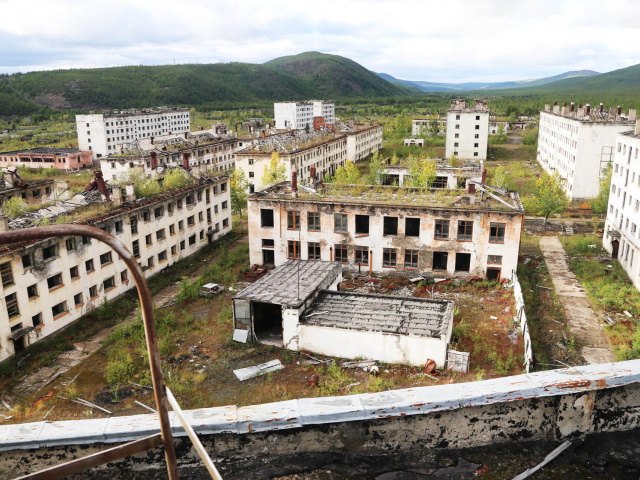
Kadykchan, Russia
Located in the Murmansk region, the settlement of Kadychkan was built during the Second World War on the territory of one of the largest coal deposits in the USSR. In the late 1980s, people from all over the Union began to come to Kadykchan for quick and easy money. At the beginning of the 1990s, more than 10,000 people already lived here. However, a tragic incident that occurred in 1996 at one of the mines determined the fate of the settlement. After the liquidation of the city-forming enterprise, the residents of Kadykchan who lost their jobs had no choice but to leave in search of a new job.

The past year has made many Forbes list members even wealthier. Let's find out which of them earned the highest profits over the last 12 months and what contributed to their financial success.